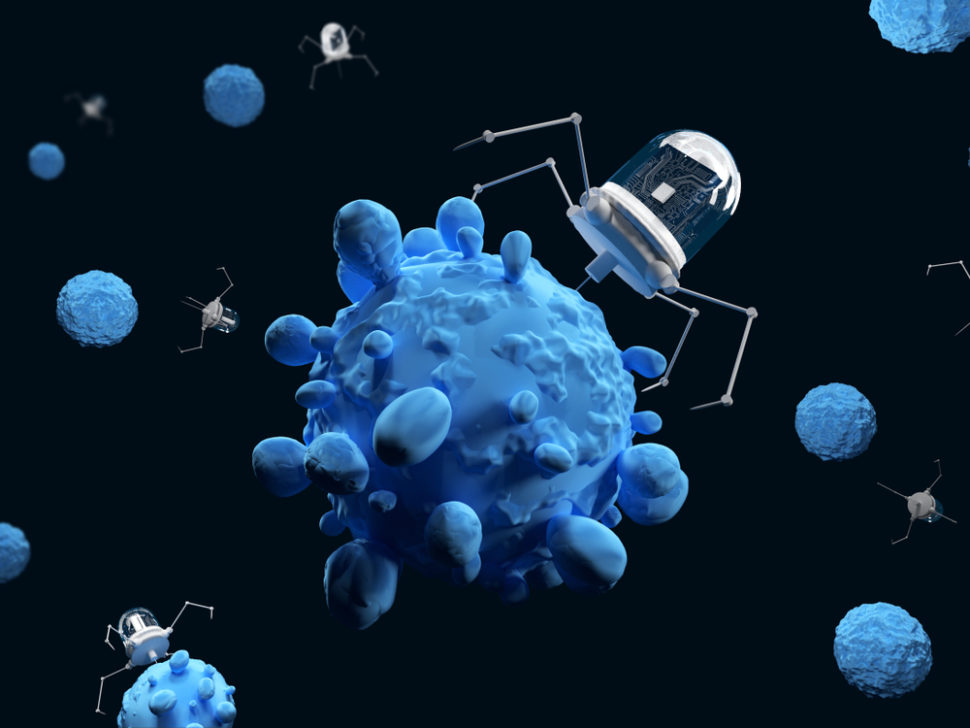This article details recent news about new magnetic nanobots from The Chinese University of Hong Kong (CUHK) research team.
We have previously covered news regarding nanobots in the past. While they may not yet be able to give up superpowers or instantly heal wounds, nanobots are useful.
From helping fix stomach ulcers to removing toxins in your blood, nanobot technology progresses every day. Researchers can also now inject them right into your veins, too.
So what’s the latest way researchers are advancing nanobot technology?

Combining Magnets and Swarming in new Technology
The announcement came as a press release from the Communications and Public Relations Office. A group had found a way to control nanobot movement as a collective whole by utilizing swarm behaviors.
The team emulated how certain creatures in the animal kingdom approach swarming.
Bees or other insects like ants might come to mind — and for good reason. Ants chain together in order to do things like swimming. Bees swarm predators when threatened and even birds flock together to fare better against predators.
However, one creature generally “leads the herd”, if you will. The rest of the swarm follows the movements or actions of this central leader. This is the notion the research team utilized in order to control groups of nanobots.
But they didn’t only look to the animal kingdom for help; they looked to magnetism also.
Magnetic Nanoparticles Help Accomplish the Task
Some suggest that the Disney film Big Hero 6 may have influenced this choice. But the press release doesn’t say much about the length of time the research team has spent on this project thus far.
The artificial “microswarm” utilizes magnetic nanoparticles and not monolithic structures to initiate the “dynamic self-assembly process”. The nanobot swarm can shrink, extend, and even split or merge as needed.
As the leader of the research team, Professor Li Zhang commented on the project:
“This new microswarm provides a promising solution for industrial applications such as microfabrication and micromanipulation. It also has a high potential application for in-vivo targeted drug delivery.”
The bots can aid surgeons in navigating tinier spaces in the human body, as well.
Future advancements are sure to happen soon, as the researchers partnered with the CUHK medical school to find other applications in medical technology for nanobots and other micro-robotics platforms.



















Comments (0)
Most Recent